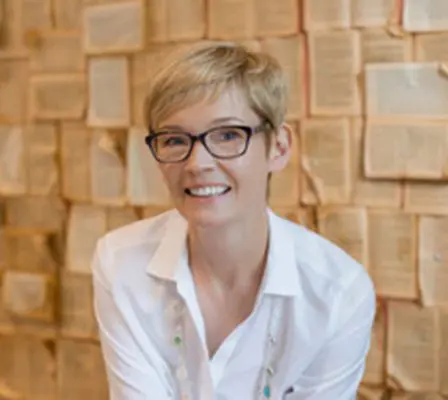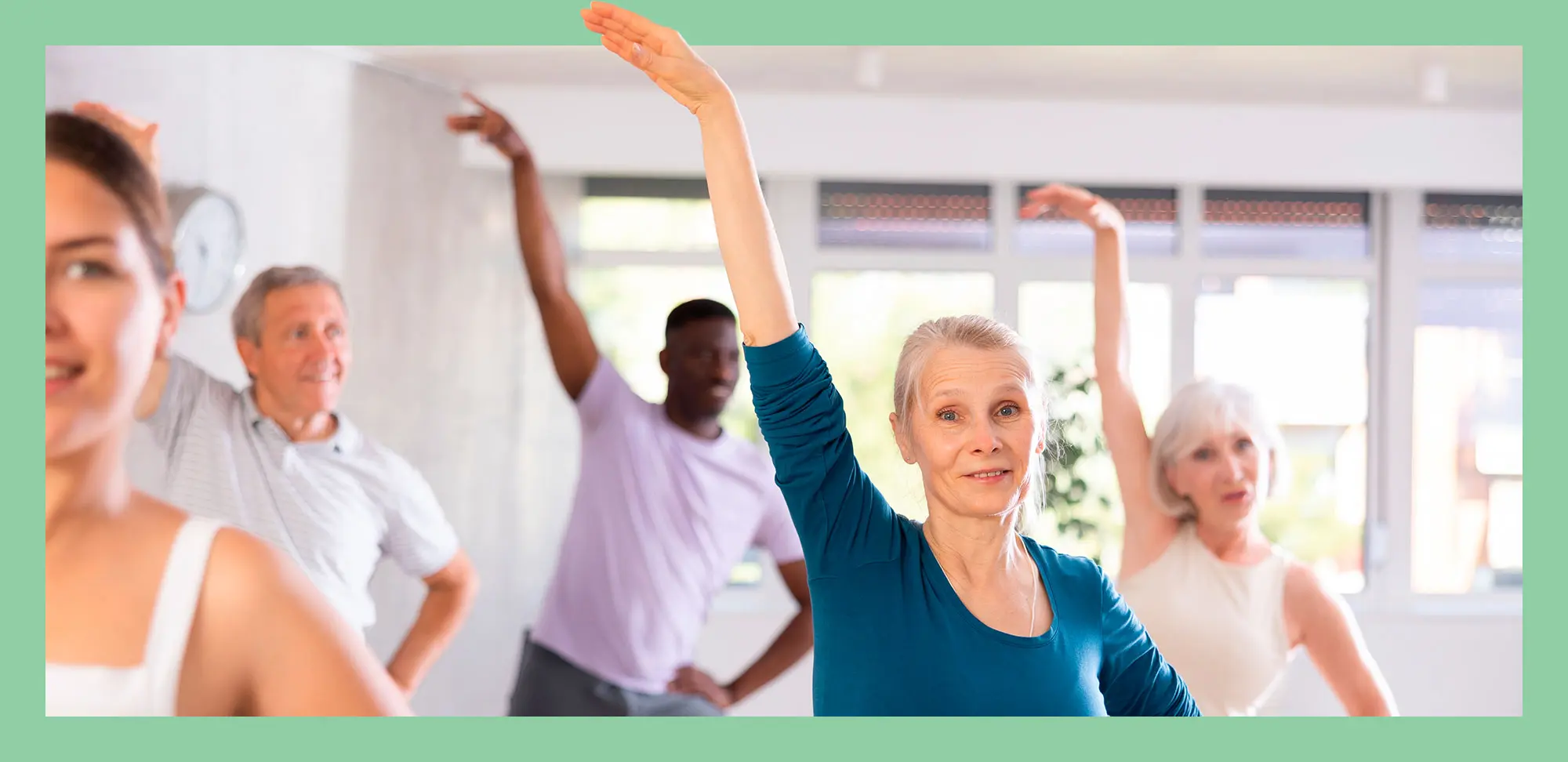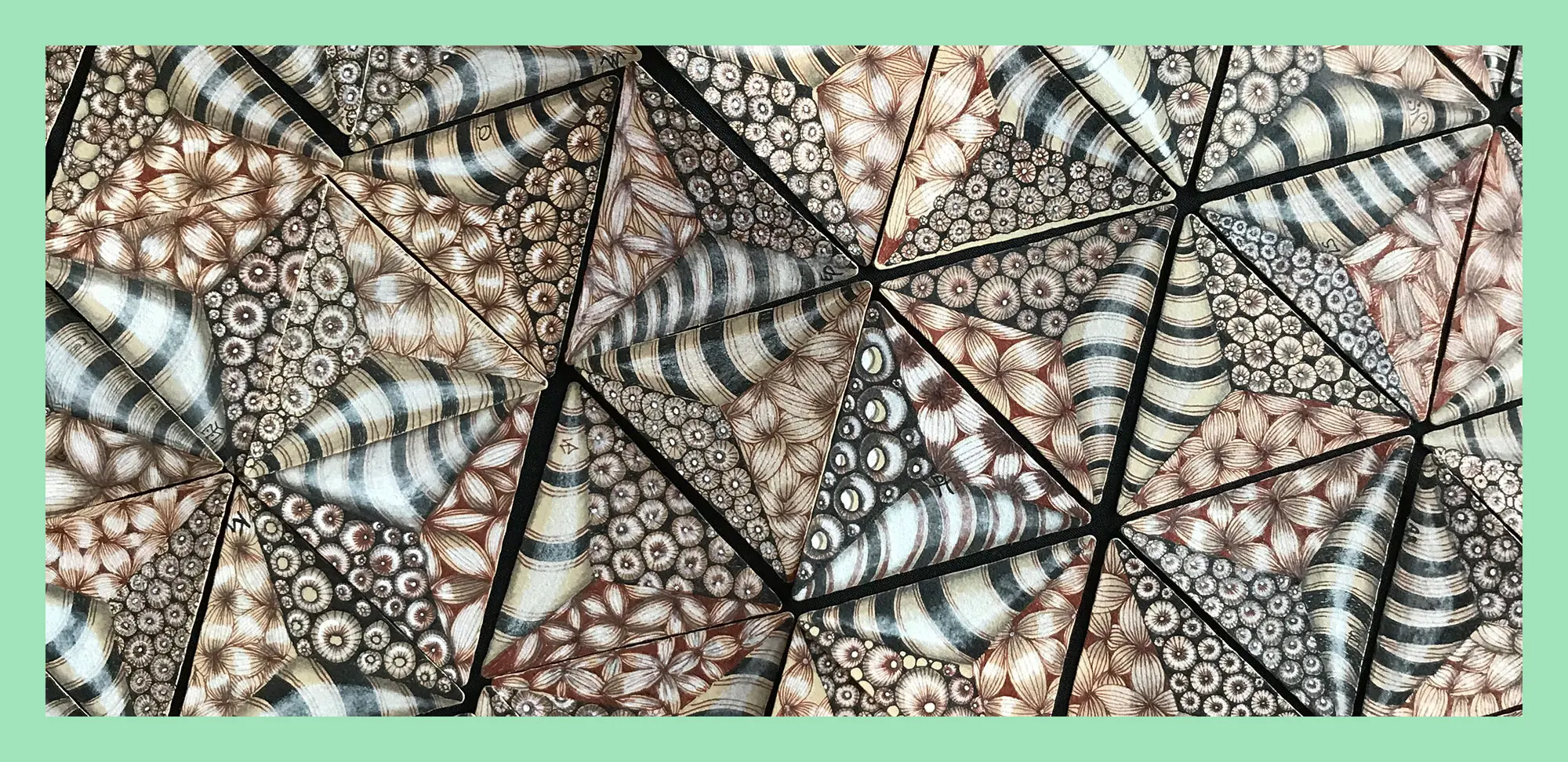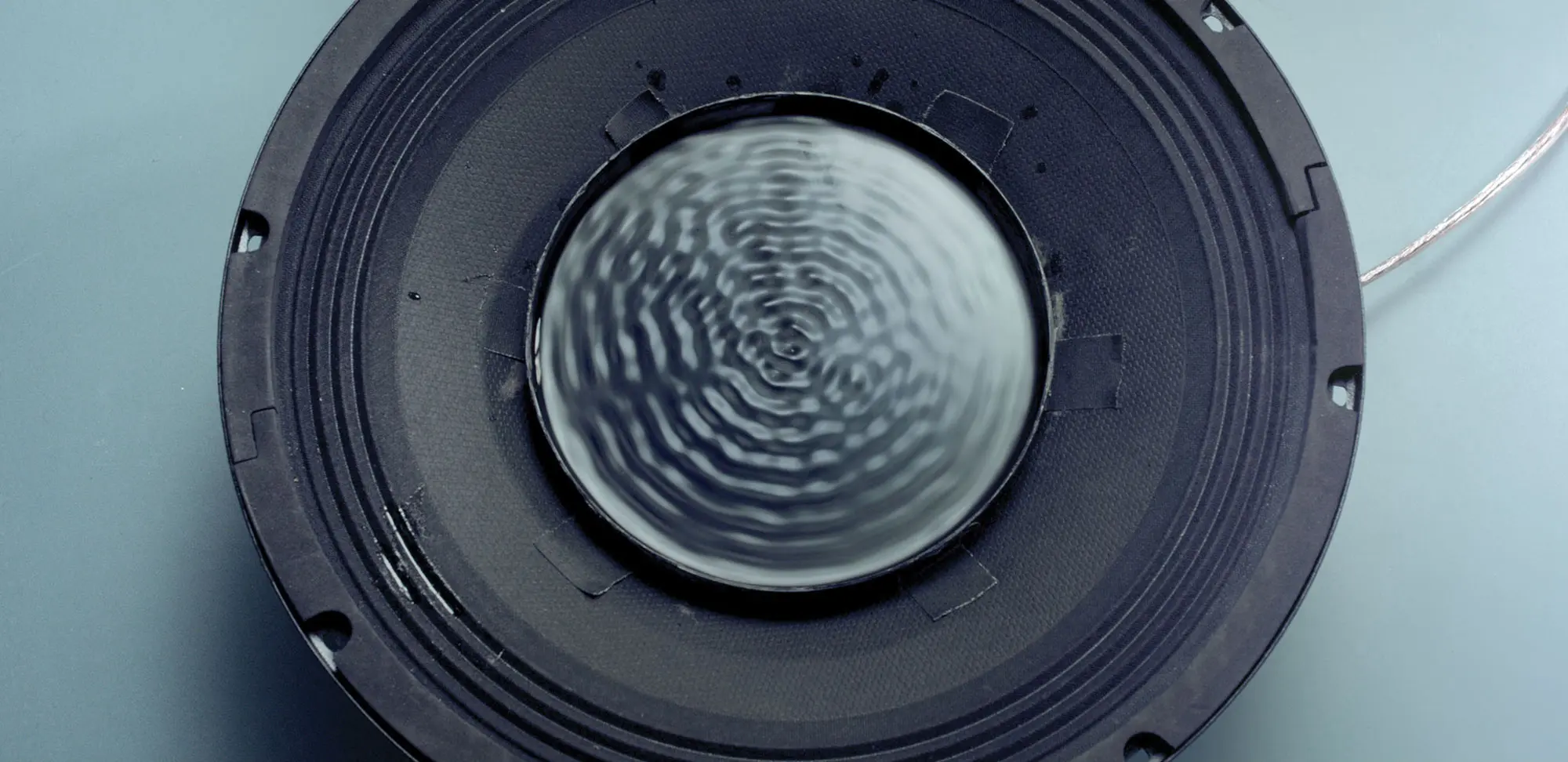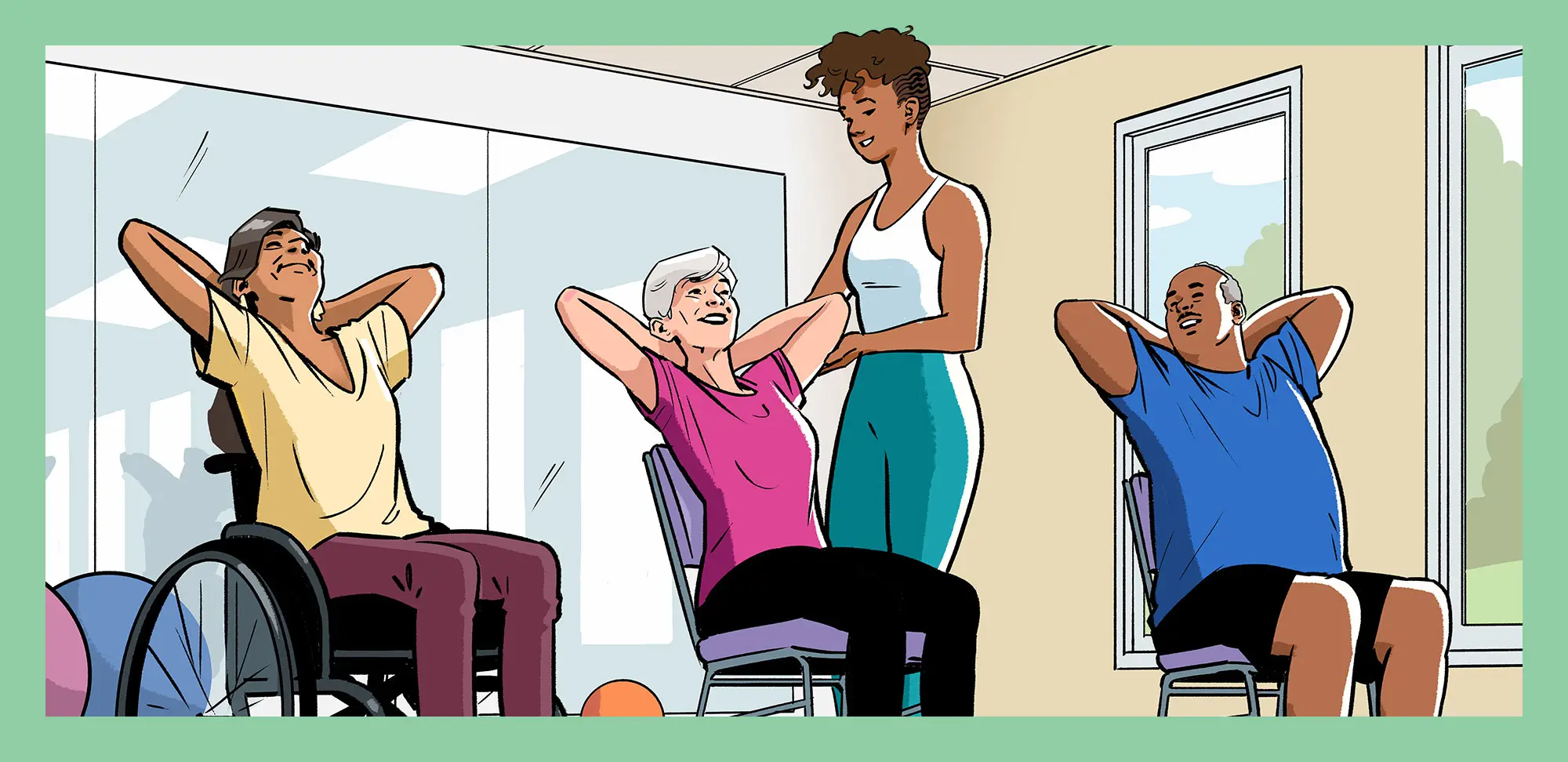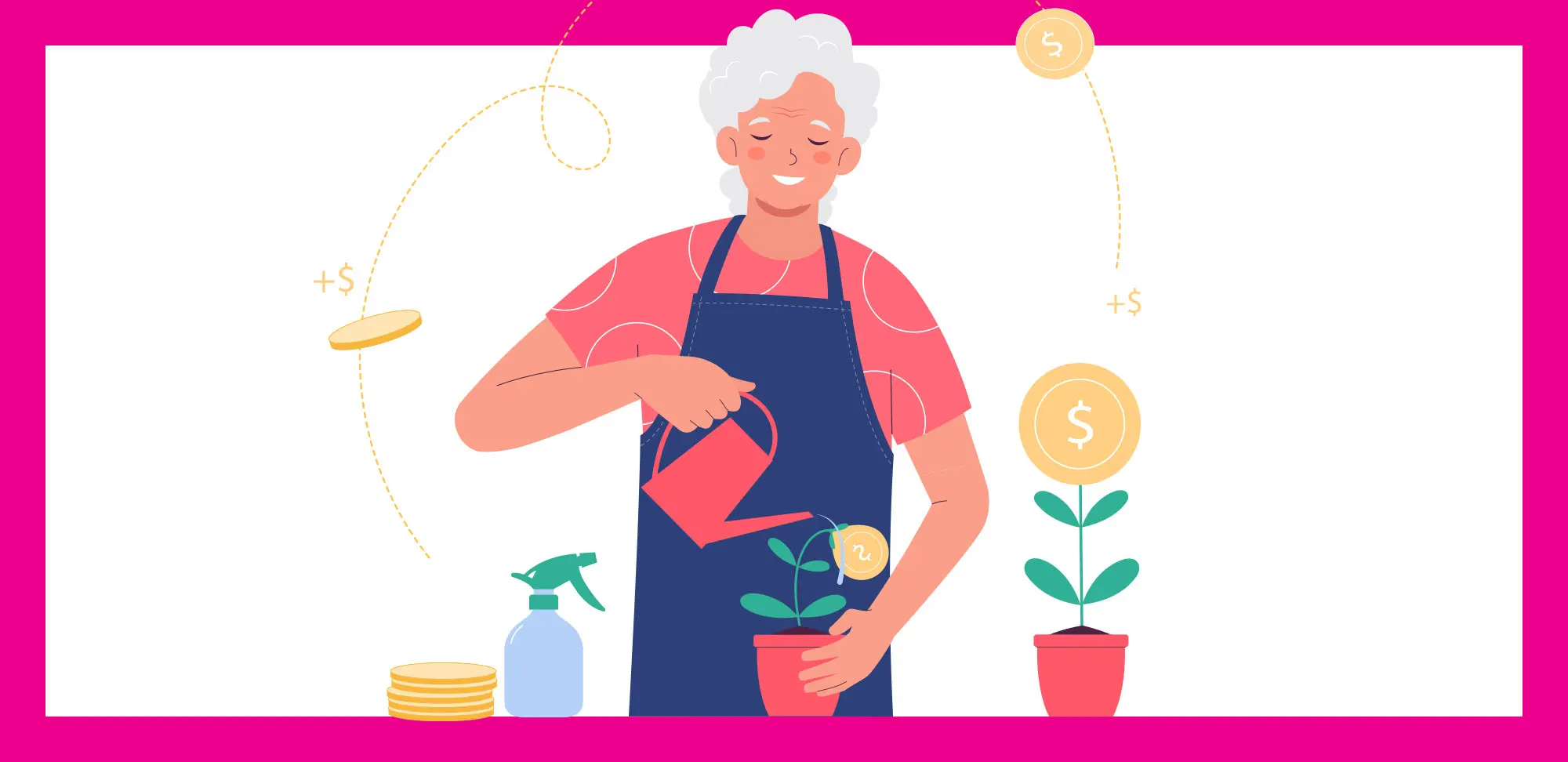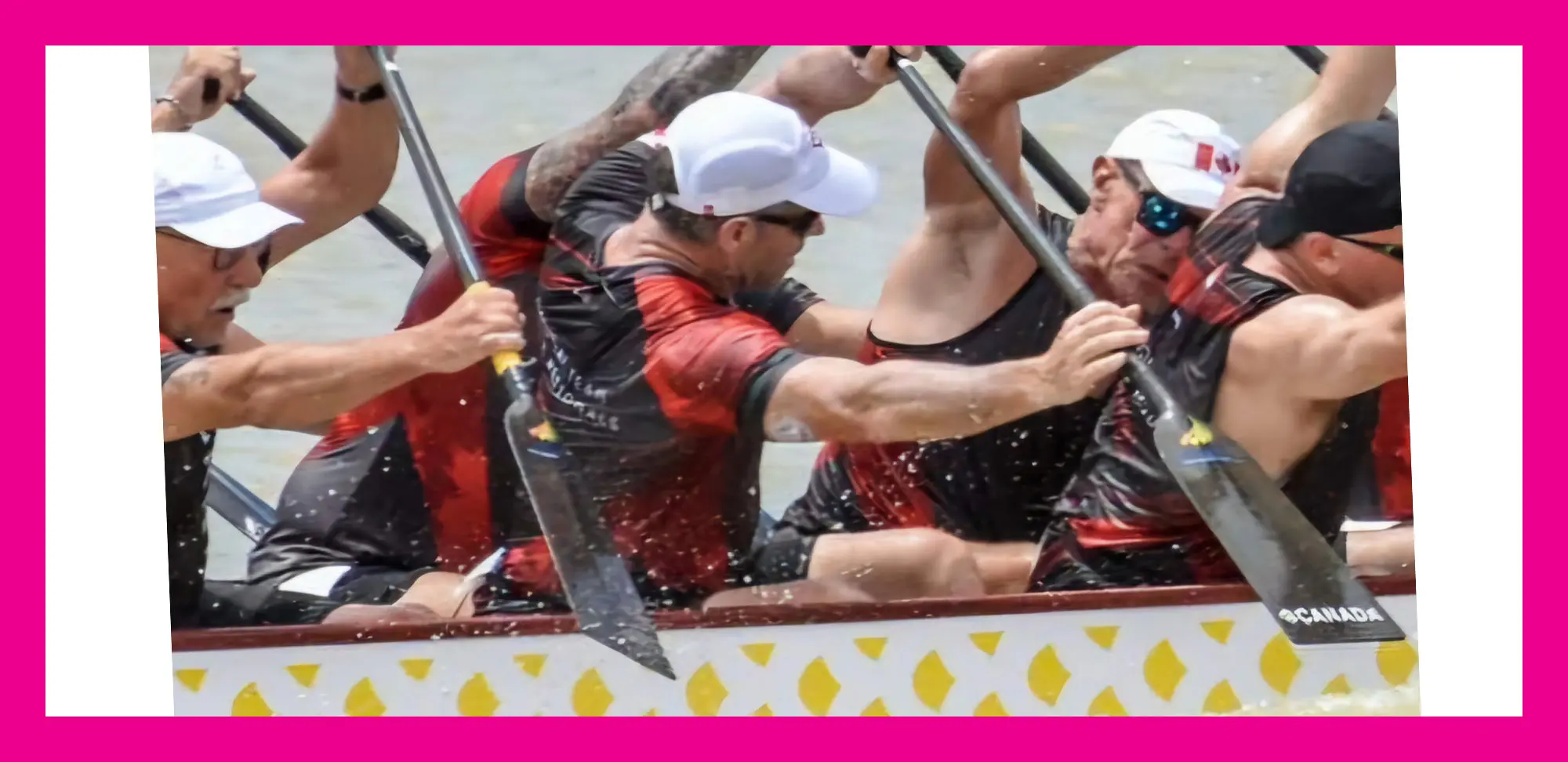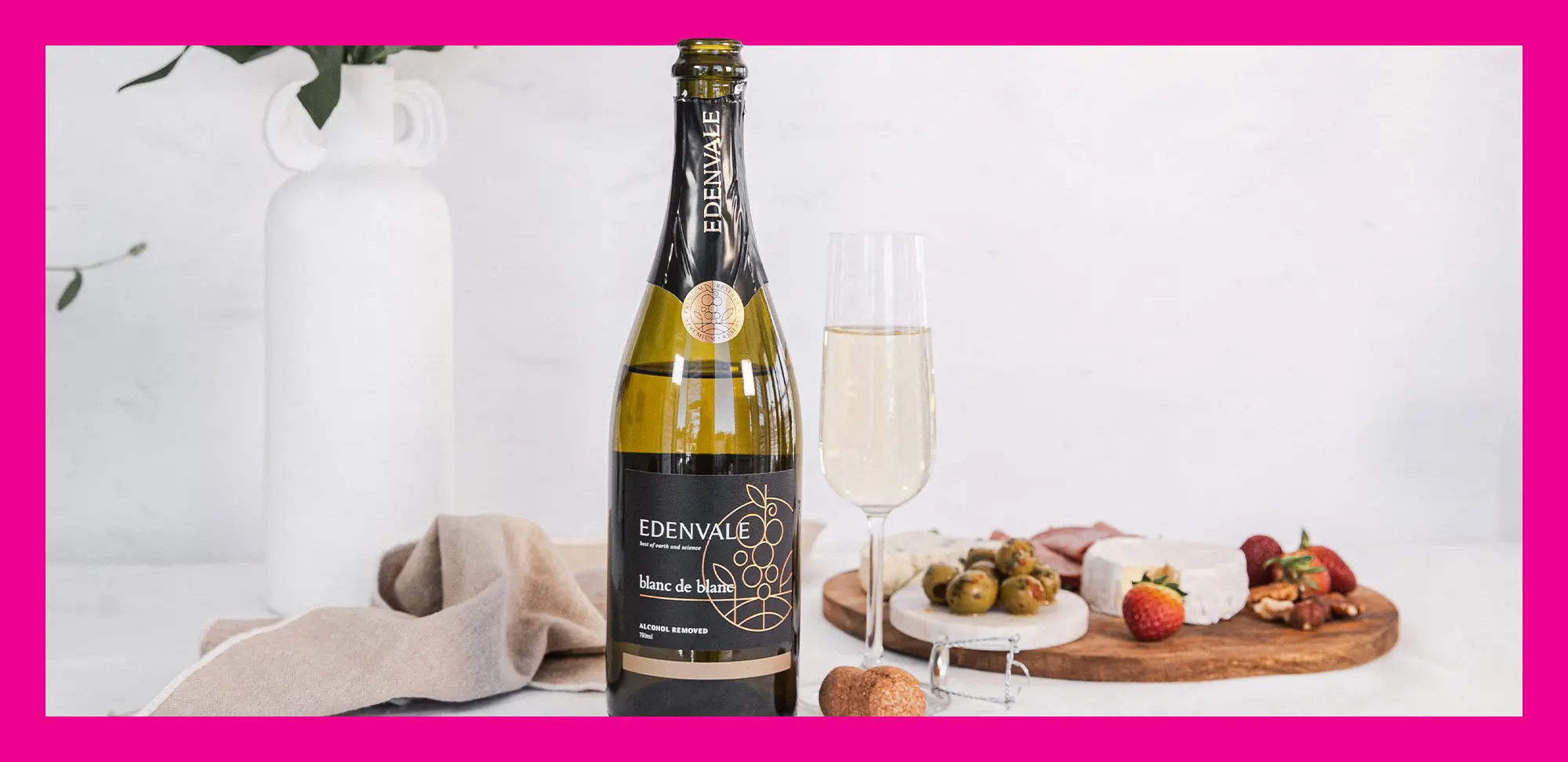Getting in touch with your creative side is a path to wellness. Research has associated creativity with positive emotions, reduced stress and anxiety, and fewer symptoms of depression. It has also helped those who have experienced trauma reduce shame and anger.
But what does “creativity” mean?
“I define being creative as being in touch with your inner wisdom, your intuitive sense of the world, and setting your rational mind to the side,” explains Rebecca Hass, a Métis maker, creative coach and singing storyteller. “A creative mind is really a place where we’re centred and where we trust ourselves.”
And the first step? Do something for you, privately, Hass says. “It’s not acquiring a new skill set. We don’t have to get better at it; we just do it because we enjoy it.” And if you do something you enjoy, you’re going to feel better, right?
So, consider these do-it-for-you activities:
- Grab paper and pencils or paints and explore your inner Picasso. Research shows that drawing and painting relieves stress and depression. It has also been linked to improving memory in older adults and reducing cognitive decline.
- Singing or even listening to music increases the levels of the natural hormone oxytocin, which “has an important role in many human behaviours and social interactions,” according to the Cleveland Clinic.
- Dancing is good exercise, but research has shown that it also helps to relieve anxiety and can lower the risk of dementia in older adults.
But creativity isn’t limited to the arts. “It’s not just an easel and paints and going to a class,” Hass says. “It exists in so many ways, and that’s a beautiful thing for people to think about, how they’re naturally creative.”
“The way you drink your coffee or read the newspaper is creative. The mug you choose out of the cupboard, the pair of socks you put on in the morning . . . these are all creative decisions,” she adds. “The more people explore creativity, the more they’re happy with what they’re creating. I like the thing I made. I like the cake I baked. I like the way I made the living room look,” she says.
One issue with creativity is that it has been “stuck” in a place where someone else decides if something you made or did is good or not, Hass says.
Hass points out that we go through our lives with a rational mind. “That’s very judgmental. We spend a lot of time in our minds thinking we’re not good enough, we don’t know enough, things are right or things are wrong. That’s a really difficult self-punishing space,” she says. “If you let go of the sense of creating something to be judged – whether you’re setting your table in a way that makes you happy or redesigning your living room – there’s this beautiful open space where everything is good and you can trust your ideas and what you’re thinking about and what you’re feeling. Creativity is a beautiful place to come to.”
Hass says creativity puts us in touch with big-picture thinking. “A lot of our lives we are in the weeds, trying to make micro decisions. But when you make space, you lose all sense of time. You’re just in a flow; you’re in a stream where everything is possible.” Psychologist Mihaly Csikszentmihalyi calls this the flow state – when you’re really focused on an activity and you lose all sense of time. In this flow state – sometimes referred to as being “in the zone” – you are mindful and relaxed. You feel positive.
“That place of flow and openness, where you’re just following an intuition, that’s where great epiphanies come from,” Hass says. “In the end, I think creativity just actually breeds inner confidence, and that’s why it makes people feel better because you learn to trust.”
The Cs have it
Everyone is creative in some way, but that creativity is not the same. James C. Kaufman, a professor of educational psychology at the University of Connecticut’s Neag School of Education, explains the 4-C model of creativity. Where do you fit on the scale of creativity?
Mini C: “You have an insight or an idea and maybe you don’t share it with anybody,” Kaufman explains. “But it doesn’t matter – as long as it’s meaningful to you.”
Little C: You begin to share that creative venture, and others (like your community or friends) recognize it as being creative. For example, selling candles you made at a craft market.
Pro C: You are now at the expert level. For example, your book is published or your art is displayed.
Big C: Your creativity outlives you and future generations. Think of the works of Shakespeare or Mozart.
Not a pro C or big C? Don’t worry. Mini C and little C are just fine. “These Cs may not necessarily impact the world,” Kaufman says, “but they may impact the creator as a whole.”

